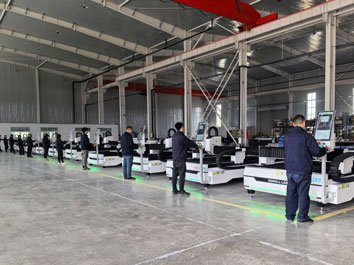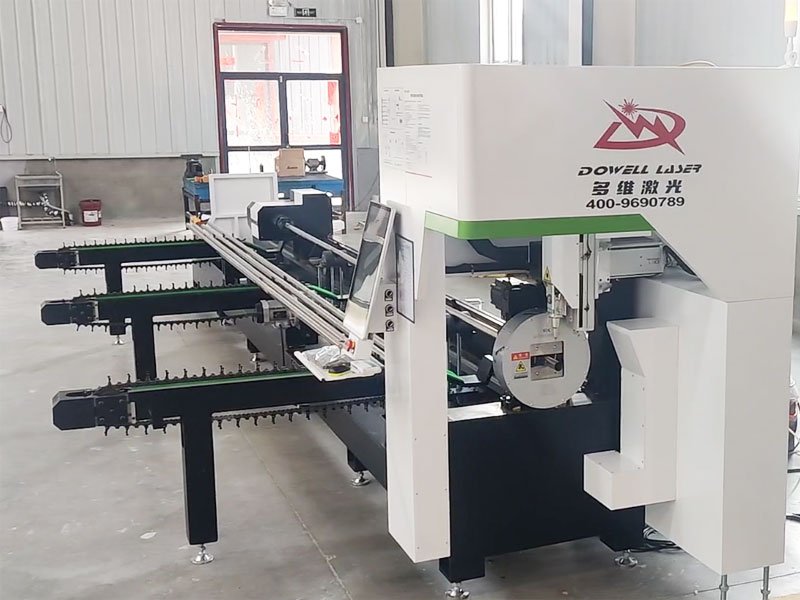Cutting 40mm (approximately 1.57 inches) carbon steel with a 20kW fiber laser cutting machine requires precise control of various parameters to achieve optimal results.
Factors for Cutting 40mm Carbon Steel with a 20kW Fiber Laser
- Power and Speed Settings:
- Power: A 20kW laser provides sufficient power to cut through 40mm carbon steel, though this is near the upper limit for many machines.
- Cutting Speed: The cutting speed for this thickness is relatively slow, typically ranging from 0.1 to 0.4 meters per minute. The exact speed depends on the material’s quality and specific machine capabilities.
- Assist Gas:
- Type: Oxygen (O2) is commonly used as the assist gas for carbon steel cutting. It helps to create an exothermic reaction, which aids in the cutting process.
- Pressure: The assist gas pressure is crucial for thick materials, generally set between 8 to 15 bar (115 to 220 psi), depending on the desired cut quality.
- Focusing Lens and Beam Quality:
- Focal Length: A longer focal length lens, such as 300-350mm, is often used to ensure the laser beam penetrates deep into the material.
- Beam Quality: High beam quality (M² < 1.5) is essential for deep penetration and consistent cutting.
- Nozzle Design:
- Nozzle Type: A suitable nozzle type and size, often larger to accommodate the thicker material and higher gas flow, should be used.
- Nozzle Distance: The nozzle should be kept at an optimal distance from the material, typically around 2-3mm, to maintain effective gas flow and focus.
- Material Preparation:
- Surface Condition: The surface of the carbon steel should be clean, free from rust, oil, and other contaminants to ensure a smooth cutting process.
- Flatness: Ensuring the material is flat and stable is crucial to maintain focus and cut quality.
- Machine Parameters and Settings:
- Piercing Technique: Controlled piercing is essential for starting the cut on thick materials. A gradual power ramp-up helps prevent excessive heat buildup and material warping.
- Cut Path and Strategy: The cutting path should be optimized to minimize heat accumulation in one area, which can lead to distortion and poor cut quality.
- Cooling and Post-Processing:
- Cooling: Adequate cooling mechanisms should be in place to manage the heat generated during the cutting process, such as water cooling or additional gas flow.
- Deburring: Post-processing might be necessary to remove slag or rough edges, ensuring a clean and precise final product.




